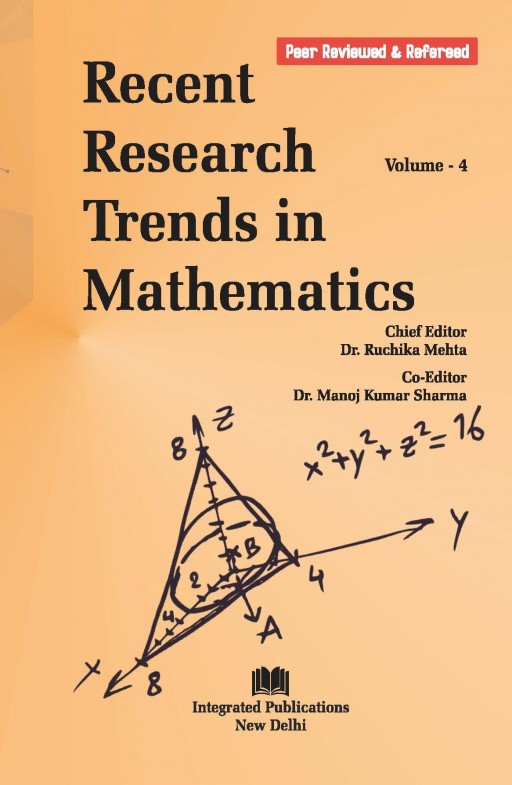Mathematics in Nature: Exploring the Mathematical Patterns of the Natural World


The natural world is a masterpiece of mathematics, where hidden patterns and symmetries unveil themselves to those who seek to explore its wonders. This article, "Mathematics in Nature: Exploring the Mathematical Patterns of the Natural World", embarks on a journey to unravel the mathematical mysteries that underpin the beauty and complexity of our environment. One of the most renowned mathematical phenomena in nature is the Fibonacci sequence and its association with the golden ratio. This article examines how these mathematical constructs manifest in the spirals of seashells, the arrangement of leaves, and the growth of flower petals. The golden ratio, an essential element of art and architecture, also finds its place in the natural world. Symmetry, another mathematical concept, is prevalent throughout nature. We delve into various forms of symmetry, from the bilateral symmetry of animals to the radial symmetry of starfish and sunflowers. We explore how symmetry enhances both the aesthetics and functionality of living organisms. Fractals, geometric shapes with self-replicating patterns, captivate our imagination as we uncover their presence in coastlines, clouds, and snowflakes. These infinitely complex structures provide a mathematical framework for understanding nature's irregularity. Fluid dynamics, a branch of mathematics, reveals the secrets behind the graceful flight of birds, the flow of rivers, and the formation of vortices. By delving into the mathematics of fluid motion, we gain insights into the elegant choreography of the natural world.